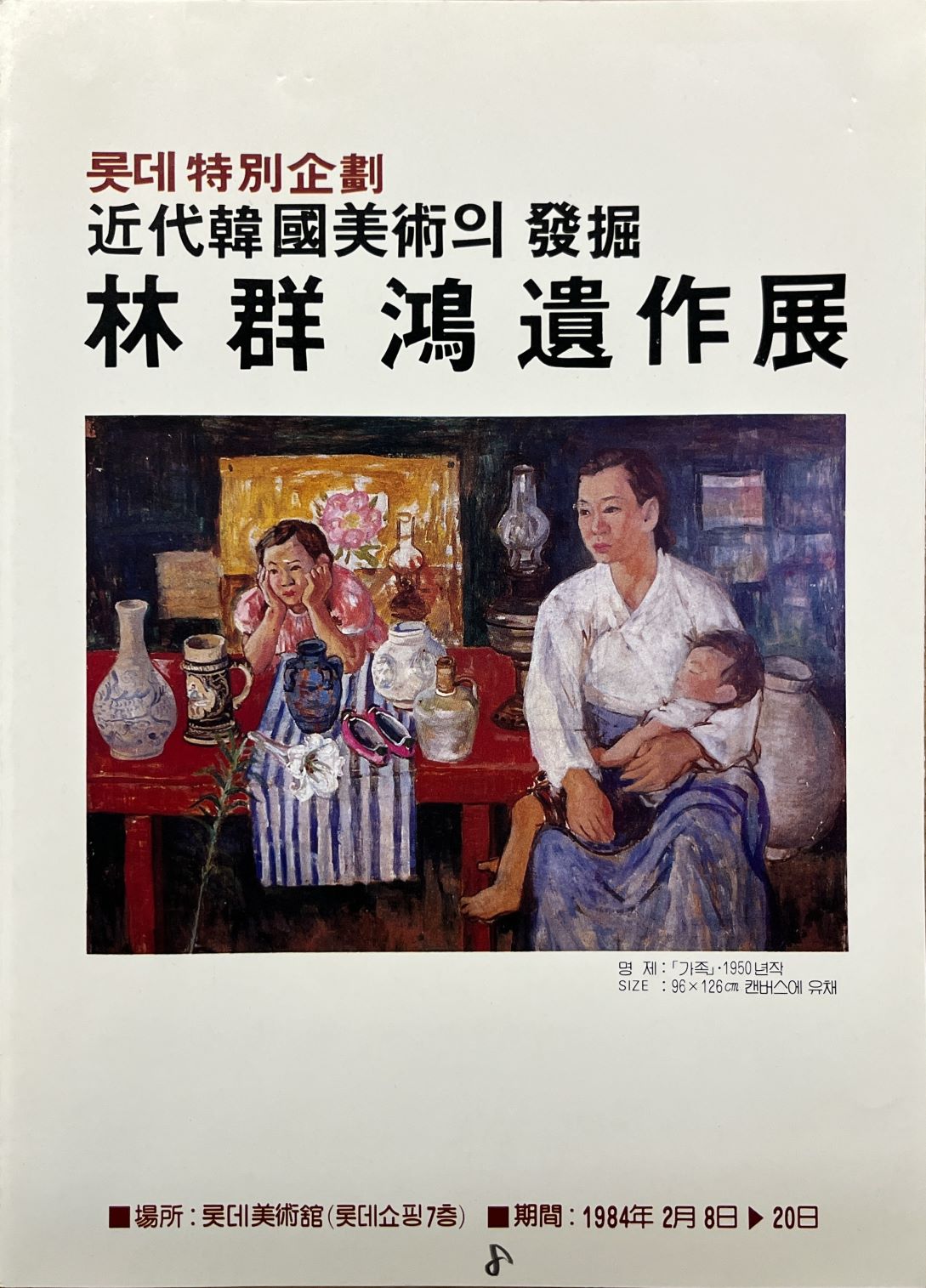
Lim Gunhong: The Forgotten Painter Leaflet, 1984, MMCA Art Research Center Collection
Lim Gunhong: The Forgotten Painter
* Source: MMCA
Related
-
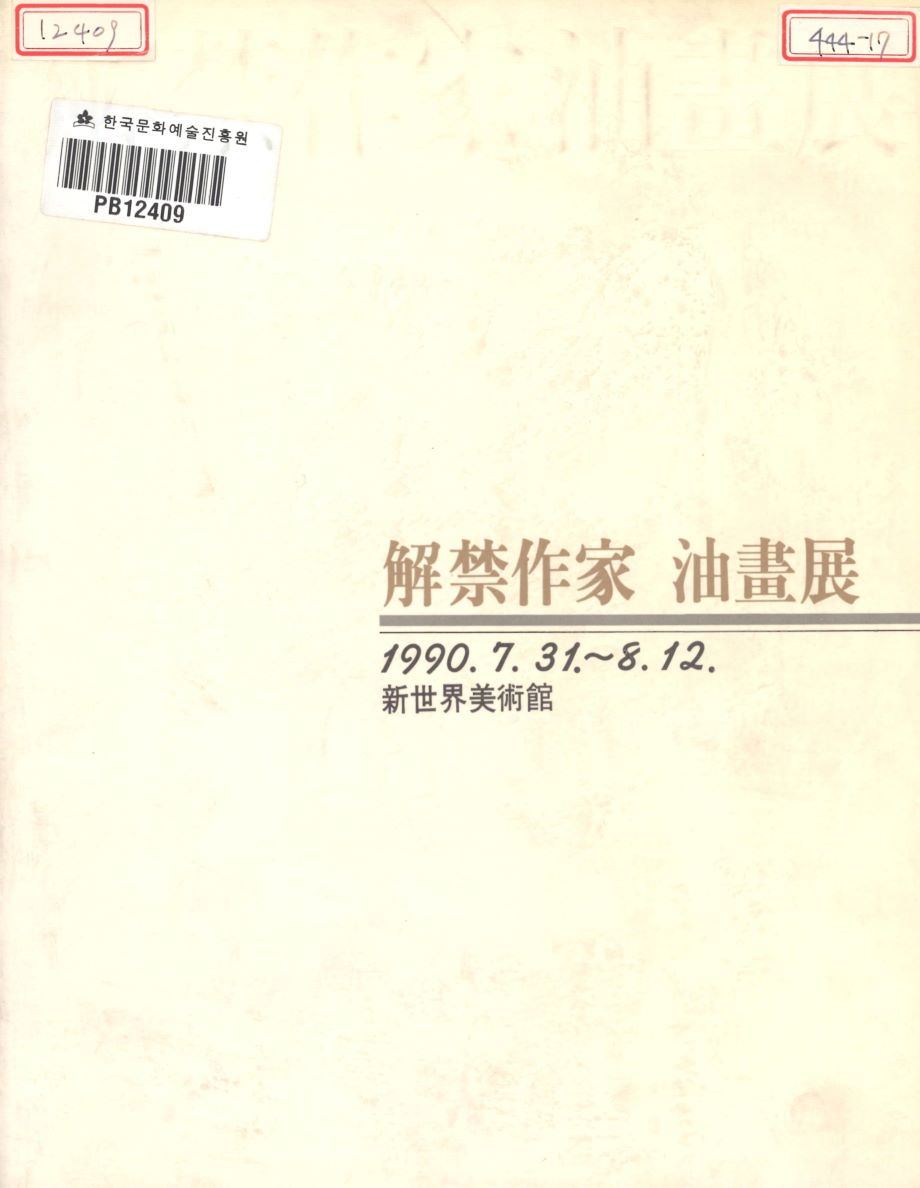
Artists who defected to North Korea
Artists who defected to North Korea refer to artists who moved their spaces of artistic activities to north of the armistice line during the period immediately after Korea’s liberation from Japan on August 15, 1945 until the signing of the truce agreement. Prior to the lifting of the bans on artists who were abducted by or defected to North Korea in 1988, they were labeled traitors for “betraying the South Korean system and choosing the North Korean one” or “choosing communism.” Their works were deemed “detrimental to ideas,” so it was forbidden to mention them. However, contrary to the reasons for restrictions imposed by the government, recent studies have revealed that the defection of most artists to North Korea resulted not from ideological choices or alignment with political system of North Korea, but from unavoidable circumstances caused by the war and division of the country. Accordingly, the scope of research on artists who defected to North Korea can vary depending on researchers or research environments. It discusses the conflict and movement between the two spaces of Seoul and Pyongyang or South and North Korea and further includes those that the South Korean government defined as artists who chose the North Korean system. The number of artists who defected to North Korea amounts to roughly sixty to eighty. In recent years, there has been a view that the so-called consecutive lifting, which differentiates and selectively relieves artists who defected to North Korea voluntarily, those abducted to North Korea, those residing in North Korea, and those who returned to North Korea after defection to South Korea, is an act of high-level public security control. This is seen as a non-academic power tyranny and violence against intelligence that insults the particularity of art, leading to voices to dismantle and prospectively reconstruct the existing frame of the lifting of bans on abducted artists and artists who defected to North Korea.
-
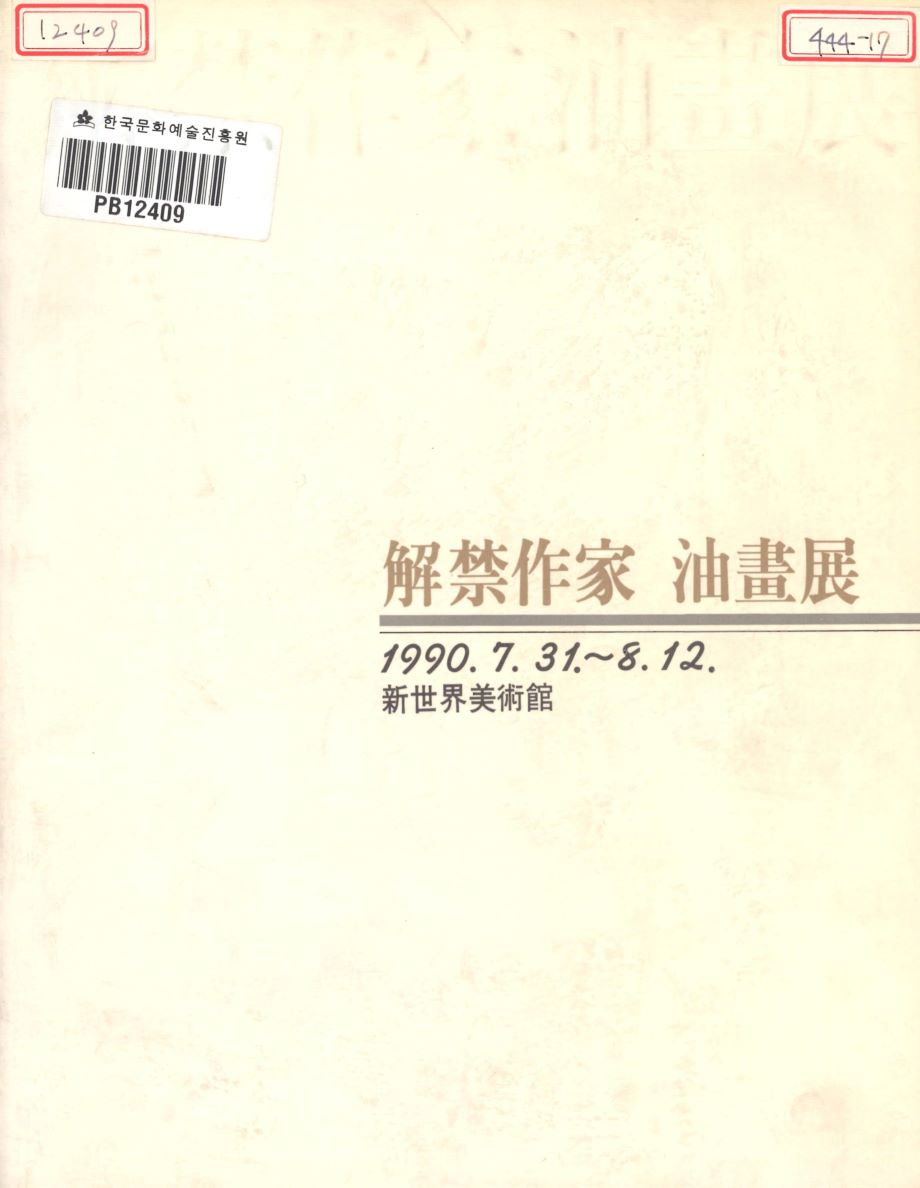
Oil Paintings of Unbanned Artists
Oil Paintings of Unbanned Artists was an exhibition held from July 31 through August 12 in 1990 at Shinsegae Gallery. It introduced to the general public works by ten artists, who defected to North Korea, for the first time in forty years. They included Pai Unsoung, Kim Jukyung, Kim Youngjun, Gil Jinseop, Jeong Hyeonung, Lee Qoede, Lim Gunhong, Choi Jaiduck, Kim Man-hyeong, and Jeong Onnyeo. In October 1988, the South Korean government lifted the ban on artists who were abducted and defected to North Korea. Ji Myeongmun, then director of Shinsegae Gallery, stated that “this exhibition was organized in the hope that those artists who were abducted and defected to North Korea would be given their due art historical recognition after forty years of taboo.” At this exhibition, forty works produced before 1950 were on display, such as Chongseokjeong Pavilion on Haegeumgang River by Pai Unsoung, Self-portrait and Dahlias and Zinnia by Kim Youngjun, Landscape Against Mt. Bukak and Early Autumn by Kim Jukyung, Wonju Landscape by Gil Jinseop, Family and Bird by Lim Gunhong, Fishbowl by Choi Jaiduck, and Lady by Lee Qoede. The exhibition also presented ten works in the collections of bereaved families and relatives of artists who were abducted or defected to North Korea, which were scattered throughout the country, including thirty works in private collections, a work in the collection of the National Museum of Modern and Contemporary Art, Korea, and some works in the collection of the Tokyo University of the Arts Museum.
-
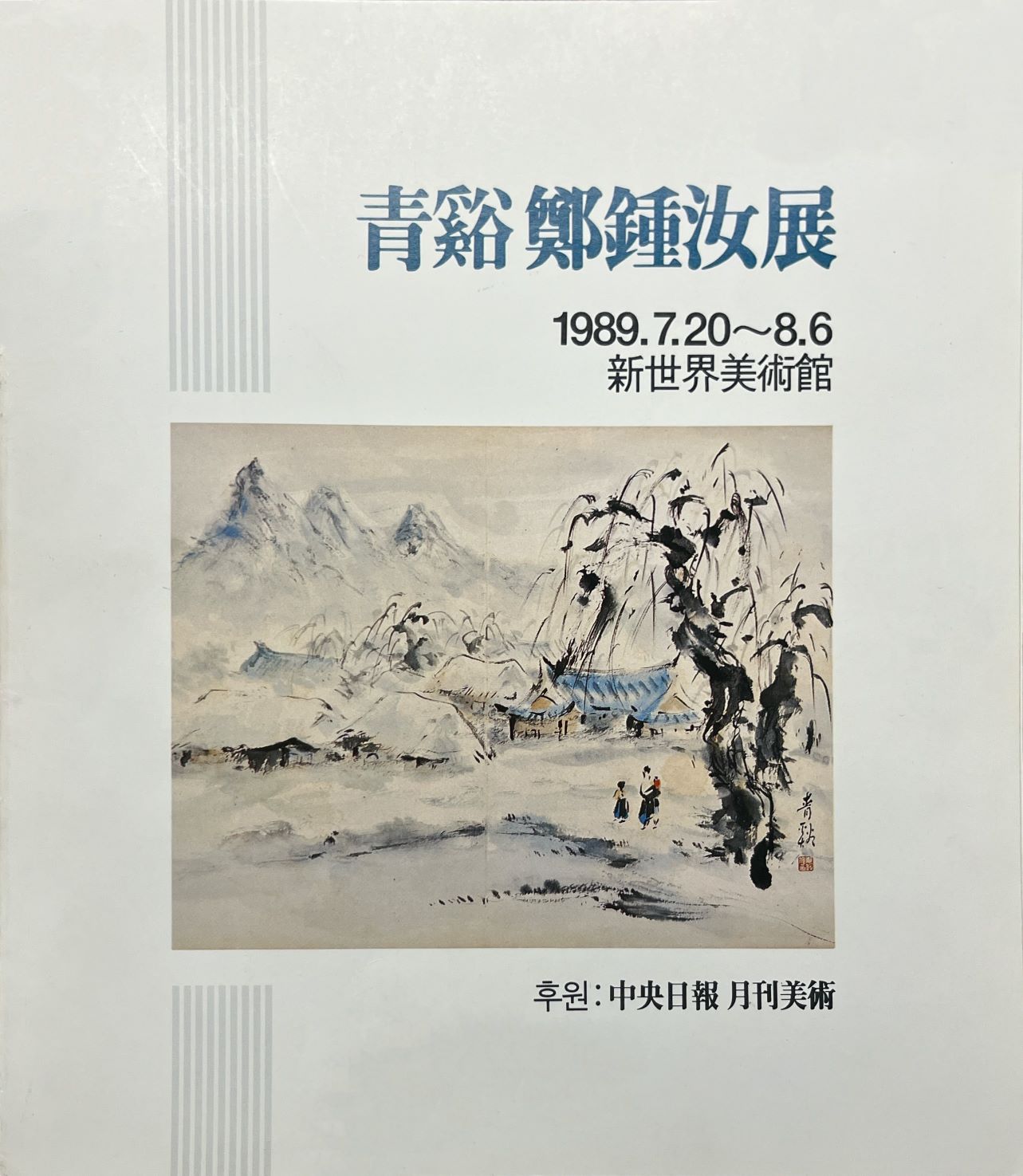
Cheonggye Chung Chong-yuo Exhibition
Cheonggye Chung Chong-yuo Exhibition was an exhibition held at Shinsegae Gallery from July 20 to August 6 in 1989, introducing paintings and sketches by Chung Chong-yuo before his defection to North Korea ahead of South Korea’s recapture of Seoul on September 28, 1950. Chung Chong-yuo was born in Geochang, Gyeongsangnam-do Province. While attending the Osaka Art School, he earned the first honorable mention at the Joseon Art Exhibition [Joseon misul jeollamhoe] with Autumn Field. He continued to receive honorable mentions and win special prizes at the Joseon Art Exhibition until 1944. Winning a Changdeokgung Palace Award at the Joseon Art Exhibition for his Snow in March in 1939, he was recognized for his skills. After Korea’s liberation from Japan, he held two solo exhibitions while serving as the chairman of the Eastern Painting Department of the Korean Plastic Arts Federation [Joseon johyeong yesul dongmaeng] and the Korean Art Alliance [Joseon misul dongmaeng]. In North Korea, he was recognized as a master of Korean painting, serving as the head of the Korean painting course at the Pyongyang Art School and the vice chairman of the Korean Artists Alliance [Joseon misulga dongmaeng]. Until his death at the age of seventy, Chung Chong-yuo worked both in ink-and-wash and color, producing a variety of works such as landscape, figure, bird-and-flower, and Buddhist paintings. Sponsored by the JoongAng Ilbo newspaper company and Wolgan Misool (Monthly Art) magazine, Cheonggye Chung Chong-yuo Exhibition featured forty works collected with the cooperation of private collectors, including two folding screens owned by the bereaved family, three bird-and-flower paintings, a portrait of his friend Yu Ijun’s mother, and sketches. The exhibition was largely comprised of landscape paintings depicting the natural beauty of Korea based on sketching from nature and works illustrating the simple lives and customs of common people. In particular, the sketches showing everyday life and the masterpiece Eagle (in the collection of the Yonsei University Museum), painted on gold leaf paper in 1948, attracted public’s attention. Along with the images of these works, the exhibition catalogue for Cheonggye Chung Chong-yuo Exhibition contained writings: “Friendship Built through Competition in Good Faith” by Kim Kichang (pen name Unbo), a close friend of Chung; “The Artistic Soul and Warm Humanity of the Brother Cheonggye” by Yoon Jaewoo (pen name Gyulwon), who was Chung’s junior colleague at the Osaka Art School; and “Jiyong and Cheonggye’s Trip to Namhae” by the novelist Lee Byeonggyu. This exhibition is significant in that it is the first solo exhibition of an artist who defected to North Korea after the ban on artists who defected to or were abducted to North Korea was lifted in October 1988.
Find More
-
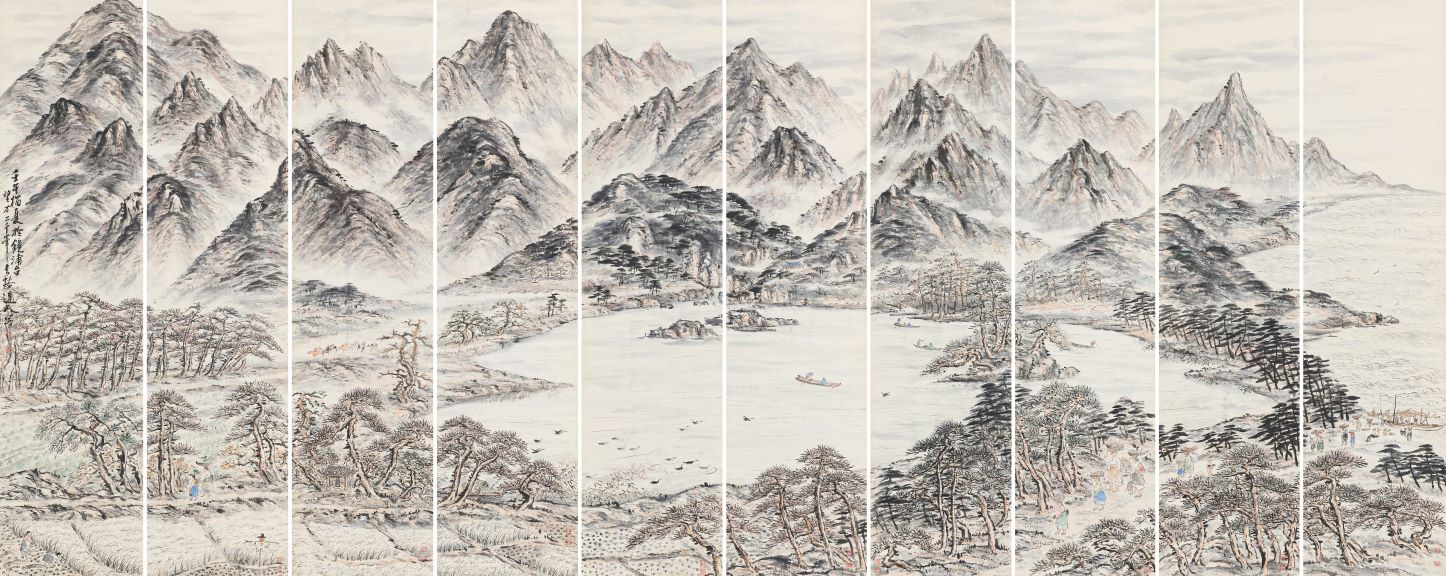
Chung Chong-yuo
Chung Chong-yuo (1914-1984, pen name Cheonggye) enrolled in Osaka School of Fine Arts (Osaka Bijutsu Gakkō), and learned Japanese painting from Yano Kyōson after taking night classes briefly at Taiheiyo Art School in Japan. He became known in Korean painting circles by receiving an honorable mention with his Suburbs in Autumn at the Joseon Art Exhibition [Joseon misul jeollamhoe] in 1935. In 1939, he won the Changdeokgung Prize with Snow in March, and in 1940, he was awarded a special prize for Morning at Seokguram Grotto without review from a panel of judges. At the time he went back and forth to Seoul to study under Lee Sangbeom. He matured the plein-air landscape manner by adding the beauty of ink and brushwork in traditional painting to the Nanga (Southern painting) style he learned in Japan. He was well versed in bird-and-flower painting and figure painting and produced paintings in various formats, including a temple mural as seen in Portrait of Queen Seondeok at Buinsa Temple, and gwaebul (large hanging scrolls hung for outdoor rituals) such as Uigoksa Gwaebul. At the end of the Japanese colonial era, he created paintings reflecting the times. These paintings include State Protector King Geumgang Gongmyeong, Waiting for a Transport Ship, and Always Prepare Yourself As If You Were in a Battle Field. After Korea’s liberation from Japan, Chung Chong-yuo served as the head of the Ink painting section at the Korean Plastic Arts Federation [Joseon johyeong yesul dongmaeng] and the Korean Art Alliance [Joseon misul dongmaeng]. In 1946, he submitted his Procession on August 15 to the first Korean Art Alliance Exhibition and won the Democratic National Front Award. In 1948 and 1949, he enthusiastically engaged in artistic activities by holding solo exhibitions, where he presented Korean paintings that captured natural landscapes and social realities in a contemporary manner. However, immediately after the Korean War, he defected to North Korea. In North Korea, Chung was a member of the Korean Artist Federation [Joseon misulga dongmaeng] and worked as a professor at the Pyongyang Art University. He wrote art textbooks, such as Chaesaekhwae daehayeo (About color painting), Mukhwae daehayeo (About ink painting), Joseonhwa gibeop (Chosonhwa painting techniques), and Joseonhwa jaeryoe daehan sayongbeop (How to use Chosonhwa painting materials). He earned the titles “Laudatory Artist” in 1974 and “People’s Artist” in 1982 in recognition of his contributions to the establishment of North Korea’s Chosonhwa painting theories and the creation of related art works. Among his notable works are Gwaebul at Uigoksa Temple (1983, National Registered Cultural Heritage No. 614), Morning Clouds on Jirisan Mountain (1948), Farming Village in May (1956), and The People in Kosong Assisting the Front (1958).
-
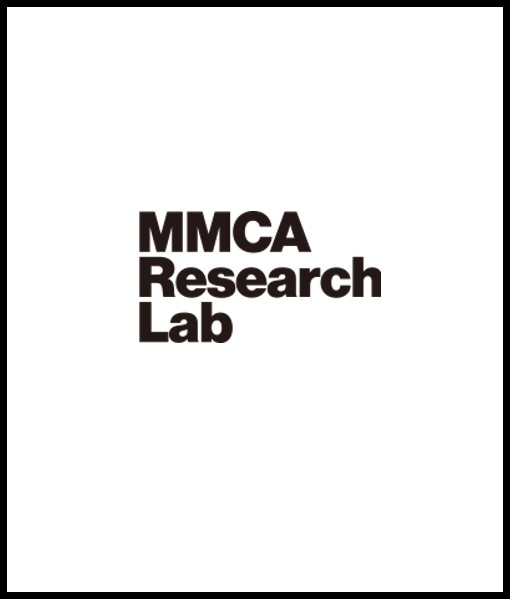
Eom Doman
Eom Doman(1915-1971) was an artist who was active in Western painting and industrial art from the Japanese colonial era through the period of Korea’s liberation from Japan, and defected to North Korea during the Korean War. He graduated from Jugyo Public Common School in Seoul in 1929. He won an honorable mention at the Calligraphy and Painting Association [Seohwa hyeophoe] Exhibition in 1931 and the Joseon Art Exhibition [Joseon misul jeollamhoe] in 1937 with Portrait of Girl. In 1932, he took a job as a painter at the Dongyang Offset Printing Company in Seoul, and he worked as an art director in the design department of Yuhan Corporation from 1936 through 1939. In 1936, he participated in the founding exhibition of Nokgwahoe along with Lim Gunhong, Hong Sunmun, Song Jeonghun, Choi Gyuman, and others. Eom submitted his Figure and Landscape to the exhibition. His activity in Nokgwahoe continued until 1938. In 1939, he moved to Hankou in China with his closest friend Lim Gunhong, and opened the Hankou Art and Advertising Agency. Like Yerim Studio, which Lim Gunhong and Eom Doman operated in Gyeongseong, the Hankou Art and Advertising Agency engaged in a wide range of commercial art activities encompassing advertising for movie theaters and murals, interior design, and the production of cards and postcards. Immediately after Korea’s liberation from Japan, Eom returned to Korea and joined several art organizations. For instance, he was a founding member of the Association of Korean Industrial Artists ([Joseon saneop misulga hyeophoe], renamed the Korean Industrial Artist Association [Daehan saneop misulga hyeophoe] in 1954) established in December 1945. He was also active in the Korean Plastic Arts Federation [Joseon johyeong yesul dongmaeng] (established in 1946) and the Korean Art and Culture Association [Joseon misul munhwa hyeophoe] (established in 1947), among other organizations. The Korean Industrial Artist Association was an organization that industrial artists like Han Hongtaik, Lee Wanseok, and Jo Neungsik founded in order to “organically and comprehensively combine art and industry” and “create popular living art.” His activity in the Korean Art and Culture Association lasted until 1949. Among his colleagues were Lee Qoede, Lee Insung, Lim Gunhong, Han Hongtaik, Cho Byungduk, and Son Eungsung. In 1946, Eom held the Six Western-style Painters exhibition together with Lim Gunhong and Han Hongtaik, with whom he collaborated in several organizations. After the outbreak of the Korean War, he defected to North Korea during the recapturing of Seoul on September 28. In North Korea, he worked in various institutions and organizations, including the Korean Art Manufactory [Joseon misul jejakso] and Korean Artist Federation [Joseon misulga dongmaeng], where he produced propaganda posters and realistic oil paintings.






